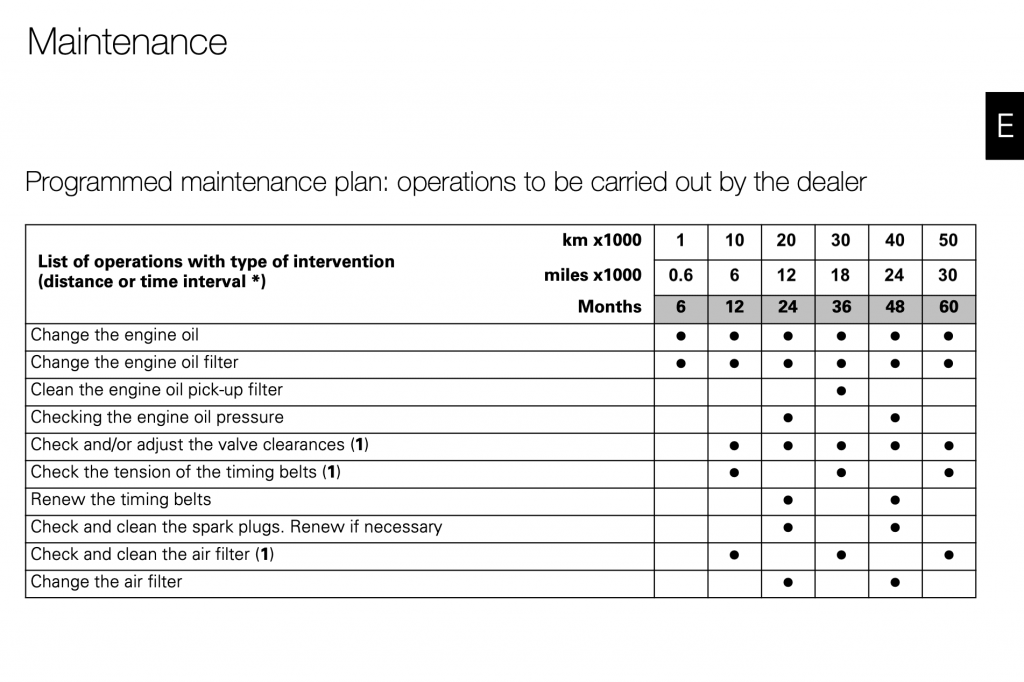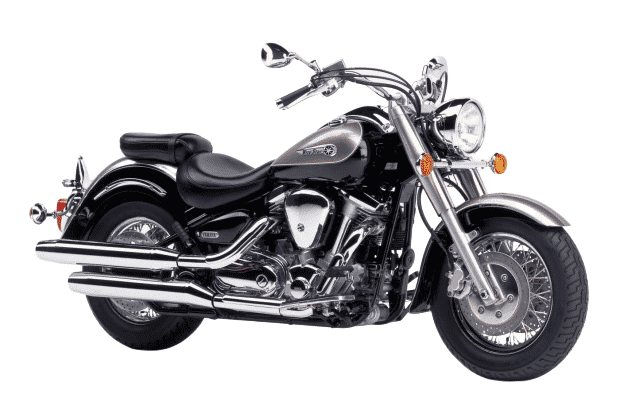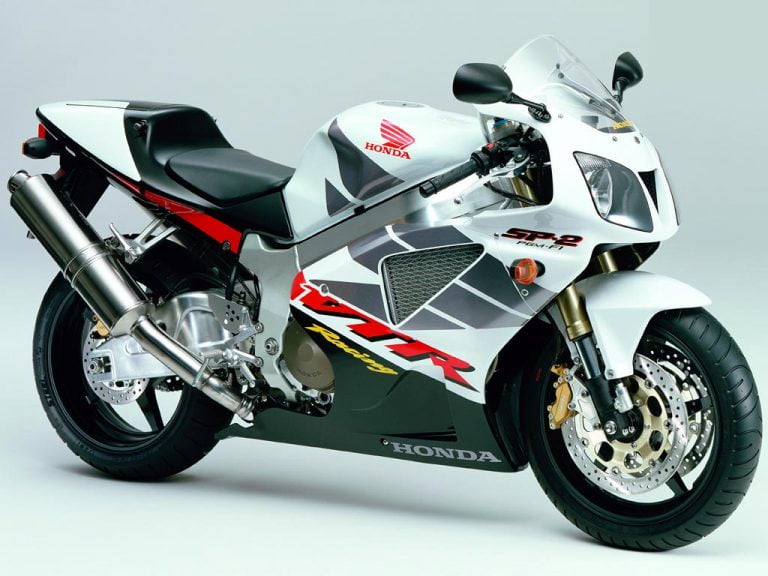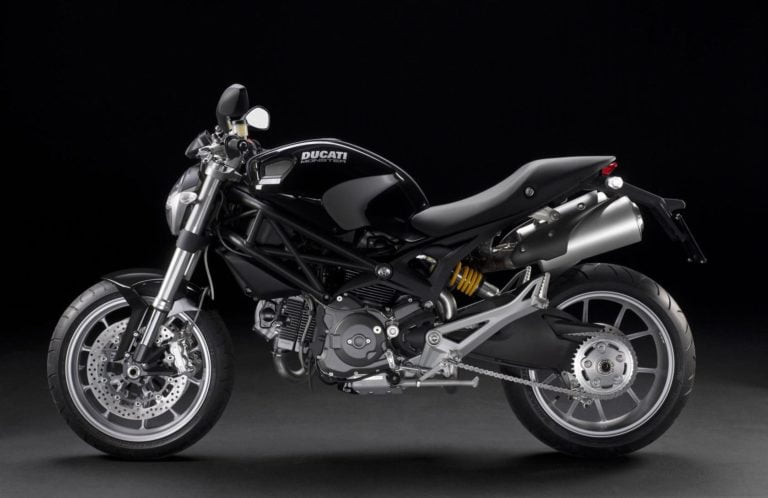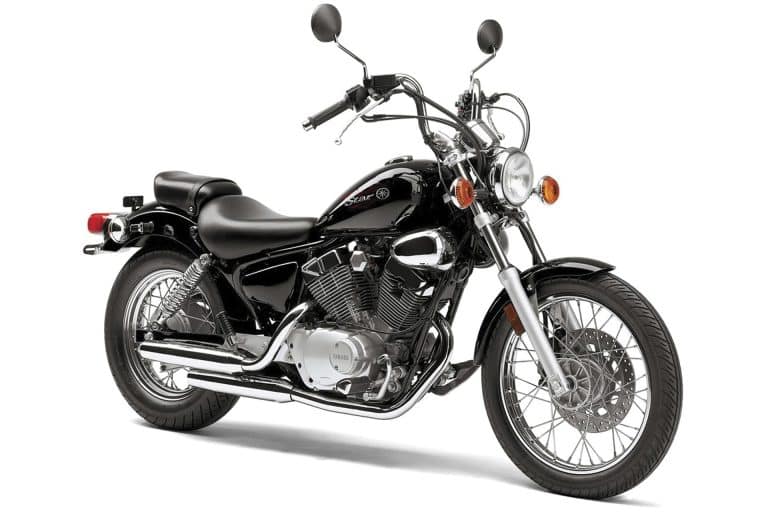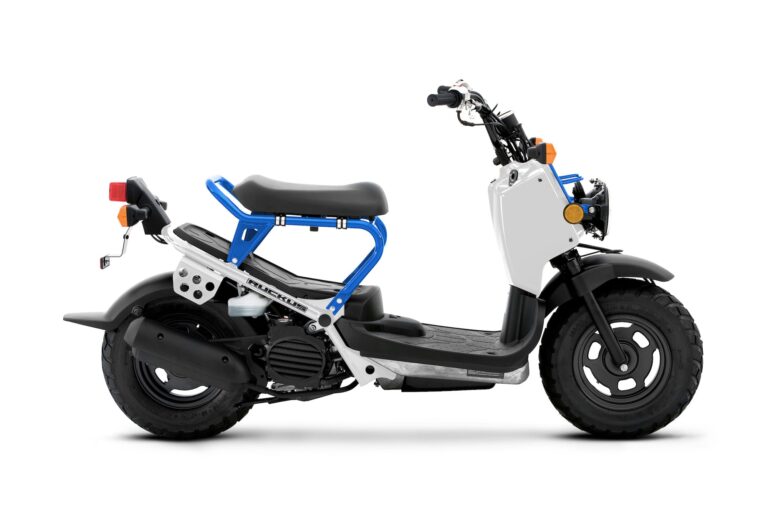Ducati Monster 1000 / S (2003-2005) Maintenance Schedule
This is the maintenance schedule and service intervals for the Ducati Monster 1000 and 1000 S, made between 2003 and 2005. It’s also known as the Ducati Monster M1000, or sometimes by its full name of the Ducati Monster 1000 i.e., referring to the electronic injection in Italian.
The Ducati Monster 1000 followed from the Ducati Monster 900 i.e..
The Monster 1000 is based on the same twin-spark motor that was used in the Ducati Monster S2R1000, so maintenance for the two bikes is very similar.
Here are all our Ducati Monster maintenance schedules:
Air/oil-cooled Ducati Monsters
- Ducati Monster 900 (Carb)
- Ducati Monster 900 i.e. (EFI)
- Ducati Monster 800 (WIP)
- Ducati Monster 1000 / S
- Ducati Monster S2R800
- Ducati Monster S2R1000
- Ducati Monster 1100 (including S, Evo)
- Ducati Monster 659 Gen 1
- Ducati Monster 659 Gen 2
- Ducati monster 620 i.e.
- Ducati Monster 695
- Ducati Monster 696
- Ducati Monster 796
Liquid-cooled Ducati Monsters
- Ducati Monster S4
- Ducati Monster S4R
- Ducati Monster S4Rs
- Ducati Monster 821
- Ducati Monster 797
- Ducati Monster 1200 (2014-2016), and Monster 1200 S 2014-2016
- Ducati Monster 1200 (2017+), and Monster 1200 S 2017+
- Ducati Monster 1200 R
- Ducati Monster 937 (including +)
- Ducati Monster SP
The core of the Monster 1000 is the fuel-injected 992 cc air/oil-cooled desmodromic SOHC 2-valve L-twin with belt-driven cams that’s shared with a few motorcycles of the era.
In the Monster 1000, the engine makes peak power of 61 kW (84 hp) at 8000 rpm, and peak torque of 84 Nm (62 ft-lb) at 6000 rpm. The S model (the Monster 1000S, or M1000S) adds fully adjustable front suspension (the standard model has the same dimension 43mm inverted Showa fork, but no adjustability), and a flyscreen.
The Ducati Monster 1000 was eventually replaced by the Ducati Monster 1100, an iconic bike for being more powerful AND lighter than its predecessors.
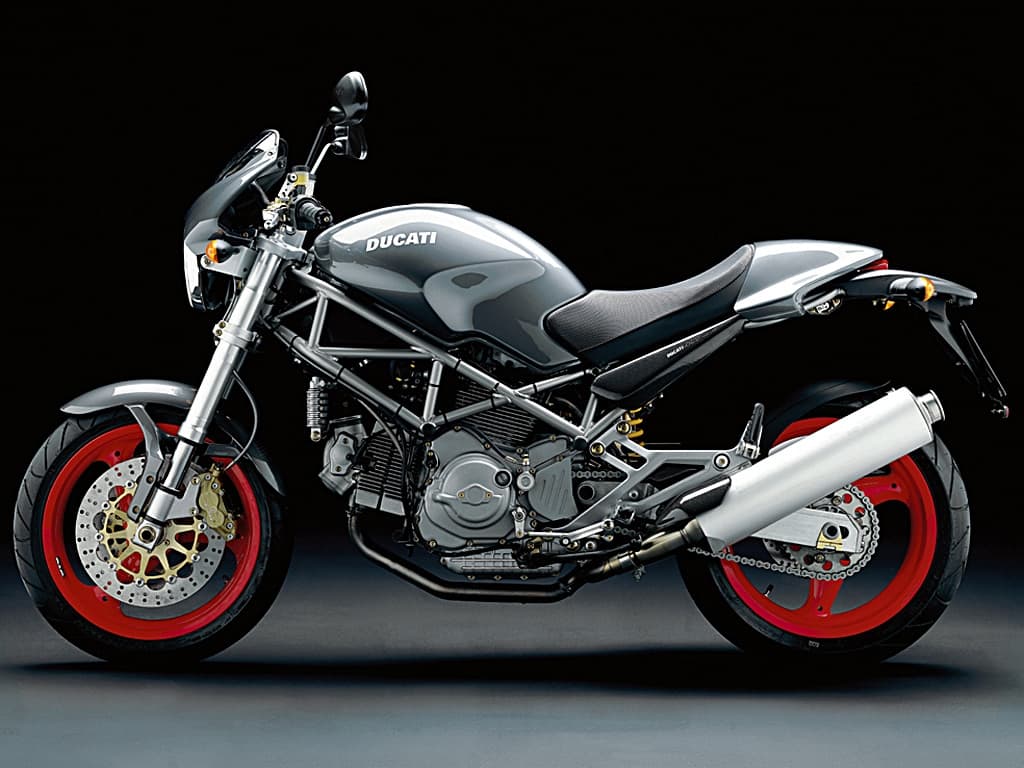
This site has links from which we earn a commission (which unfortunately nobody can save, not even us). If you appreciate this research work, then please use those links. Thanks.
Ducati Monster 1000 Service Intervals
Like many Ducatis of its day, the Monster 1000 has 6000 mile / 10000 km or annual service intervals. At every service, change the oil and filter.
Once you’ve passed the distance (but not necessarily every year), you also need to check the tension of the timing belts and to check / adjust the valve clearances.
Ducati also requires that you change the timing belts every two years, regardless of mileage.
Make sure to also regularly refresh the brake and clutch fluid — every two years.
What you need to service the Ducati Monster 1000 i.e.
Servicing the Ducati Monster 1000 is much like servicing any of the earlier air/oil-cooled fuel-injected V-twins.
Apart from normal motorcycle maintenance tools, here’s what you need.
| Part | Ducati Monster 1000 spec |
|---|---|
| Oil | The manual recommends 10W-40 engine oil for most uses. A high-quality synthetic like Motul 7100 10W-40 would be ideal. |
| Oil filter | The standard Ducati part 44440038A works, but the Hiflofiltro HF153RC is a drop-in replacement. |
| Brake fluid | Use a DOT 4 fluid, e.g. Castrol DOT 4 full synthetic. |
| Spark plugs | Standard type is NGK DCPR8E. Remember you need 4 (this is a twin spark engine) |
| Timing belt | Renew this before it’s too late! Part number is 73740211A. |
| Fork oil | Use either Shell Advance Fork 7.5 or Shell Donax TA, 0.45L in each leg. |
| Brake pads | EBC HH pads give better bite and feel. Front: FA244HH, Rear: FA047HH. |
| Air filter | Standard air filter part number is 42610111A. You can also use a K&N DU-9001. |
| Chain mainteanance | Keep a Motul chain care kit handy to keep your chain lubed. |
| Cable cleaner | Protect all cable life is a popular cable lube. |
| General grease | Use Lithium soap-based grease for external parts. |
Regular maintenance for the Ducati Monster 1000
This is maintenance that you can do yourself (though the manual says you need a dealer to do it).
Every 1000 km/600 miles or 6 months:
| Check the engine oil level (Mobil 1 Synthetic 10W-40) |
| Check the brake and clutch fluid levels (top up with Castrol DOT 4) |
| Check tyre pressure and wear |
| Check the drive chain tension and lubrication (Motul chain care kit) |
| Check the brake pads. If necessary, contact your dealer to renew pads |
Ducati Monster 1000 Maintenance Schedule Table
Below is the maintenance schedule for the Ducati Monster 1000.
Generally speaking
- Regularly change the oil and grease the chain.
- Service is every 6K miles or 10K km, at which point you have to check the valves and maybe change some shims. Note: The same motor is used in the 2007 Ducati Monster S2R1000, but with service intervals of 7.5K miles/ or 12K km.
- Every two services or two years, you have to change the timing belts.
- Follow the earlier of distance or time intervals except for those marked (1) — for those, don’t worry about the time interval (e.g. you don’t have to arbitrarily check the valves every two years if it has been sitting).
These days, people tend to leave belts in place for four or five years. But the manual definitely says two years.
| Km x 1000 (see notes) | 10 | 20 | 30 | 40 | 50 |
|---|---|---|---|---|---|
| Mi x 1000 (see notes) | 6 | 12 | 18 | 24 | 30 |
| Months | 12 | 24 | 36 | 48 | 60 |
| Change the engine oil (Motul 7100 10W-40) | X | X | X | X | X |
| Change the engine oil filter (HF153RC) | X | X | X | X | X |
| Clean the engine oil pick-up filter | X | ||||
| Check the engine oil pressure | X | X | |||
| Check and/or adjust the valve clearances (1) | X | X | X | X | X |
| Check the tension of the timing belts (1) | X | X | X | ||
| Renew the timing belts (73740211A) | X | X | |||
| Check and clean the spark plugs. Renew if necessary (DCPR8E) | X | X | |||
| Check and clean the air filter (1) | X | X | X | ||
| Change the air filter (42610111A) | X | X | |||
| Check throttle body synchronisation and idle speed setting (1) | X | X | X | X | X |
| Check the brake and clutch fluid level | X | X | X | X | X |
| Change the clutch and brake fluid (Castrol DOT 4) | X | ||||
| Check and adjust the brake and clutch control cables | X | X | X | X | X |
| Check/lubricate the throttle/cold start cable (Protect all cable life) | X | X | X | X | X |
| Check tyre pressure and wear | X | X | X | X | X |
| Check the brake pads. Renew if necessary | X | X | X | X | X |
| Check the steering head bearings | X | X | |||
| Check the drive chain tension, alignment and lubrication (Motul chain care kit) | X | X | X | X | X |
| Check the clutch disc pack. Renew if necessary (1) | X | X | X | X | X |
| Check the rear wheel cush drive | X | X | |||
| Check the wheel hub bearings | X | X | |||
| Check the indicators and lighting | X | X | X | X | X |
| Check tightness of nuts and bolts securing the engine to the frame | X | X | X | X | X |
| Check the sidestand | X | X | X | X | X |
| Check tightness of the front wheel axle nut | X | X | X | X | X |
| Check tightness of the rear wheel axle nut | X | X | X | X | X |
| Check the external fuel hoses | X | X | X | X | X |
| Change the front fork oil (Shell Advance Fork 7.5) | X | ||||
| Check the forks and rear shock absorber for oil leaks | X | X | X | X | X |
| Check the front sprocket retaining bolts | X | X | X | X | X |
| General lubrication and greasing (Lithium soap-based grease) | X | X | X | X | X |
| Check and recharge the battery | X | X | X | X | X |
| Road test the motorcycle | X | X | X | X | X |
| General cleaning | X | X | X | X | X |
General Information on the Ducati Monster 1000

The Ducati Monster 1000 is an evolution of the Ducati Monster 900 i.e., keeping the same spirit — a “roadster” (or “fun naked bike”) with a thumping engine, now with fuel injection.
The Ducati Monster 1000 i.e. is still a standard/naked sport bike with great handling, a characterful and revvy engine, and sporty but not too aggressive riding position.
The engine is a 992cc 90-degree “L” twin (a V-twin but canted forward) two valves per cylinder, driven by belts. The belts have to be changed every 2-5 years (depending on how aggressively you follow the demanding schedule).
It’s quite a capable engine, a step-up from the earlier 904cc V-twin, but not a huge one. The engine has a pretty relaxed 10.0:1 compression ratio, giving it peak power of 62 kW or 84 CV per the manual, with peak power at 8000 rpm. Peak torque of 84 Nm comes on at 6000 rpm. These are pretty typical of a big-bore V-twin that’s air/oil-cooled, but for those who are expecting a sporty feeling, it can feel underwhelming compared to the engine in a liquid-cooled high-revving sport bike.
Nonetheless, it’s enough to take around a semi-standard bike on competent but not outstanding ride gear.
The front suspension of the standard Ducati Monster 1000 is comprised of non-adjustable Showa upside down 43mm forks. The Monster 1000 S gets better suspension, the same Showa USD 43mm forks, but fully adjustable for preload, compression damping, and rebound damping.
Braking is also very capable on the Ducati Monster 1000, with twin 320mm discs and 4-piston Brembo 30/34 calipers.
Maintaining the Ducati Monster 1000 is like maintaining any air-cooled 2-valve V-twin Ducati. You have to keep everything tightened up regularly, at every service (or maybe every 1000 km / 600 mi) checking for leaks, loose bolts everywhere, and loose wires.
You also have to check the tension of the timing belts and replace them periodically. If you don’t, a broken belt can mean bent valve components, which can be very annoying to fix (particularly as parts will take a while to arrive, this being an older bike).
Finally, don’t forget the Desmo service and the throttle body sync. It will keep your bike humming as expected.
One interesting note is that Ducati extended the service intervals of the S2R1000 (which uses the same motor) from 10000 km / 6000 mi to 12000 km / 7500 mi without any changes to the engine.
Without wanting to guess why, it highlights that service intervals are variable, and are dependent on more factors than just time and mileage.
Ducati Monster 1000 i.e. Owner’s Manual
The above info came from the Ducati Monster 1000’s owner’s manual as well as from online parts catalogues.
You can download Ducati owner’s manuals at their site here.
